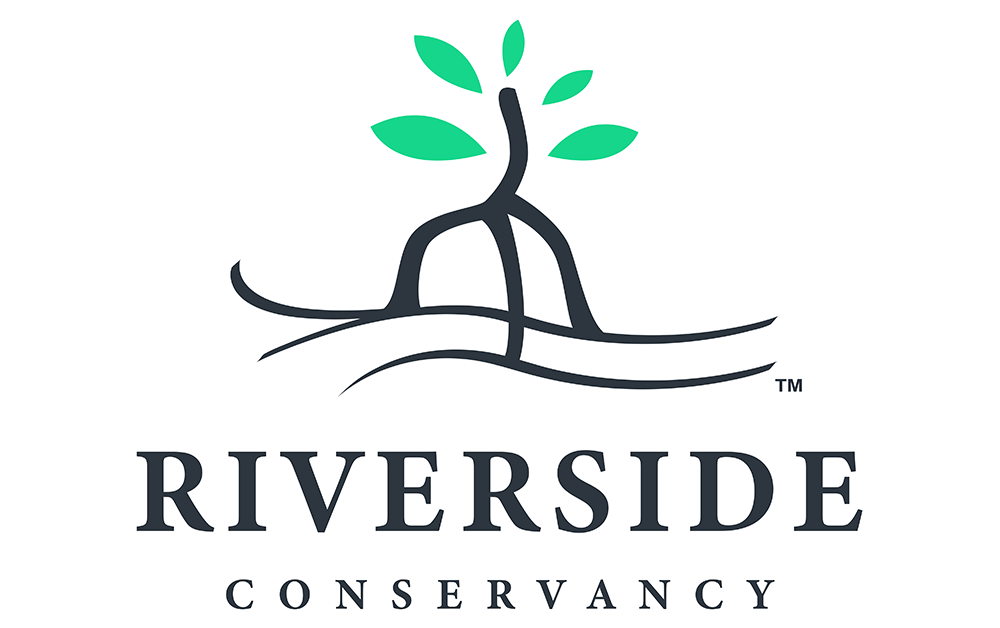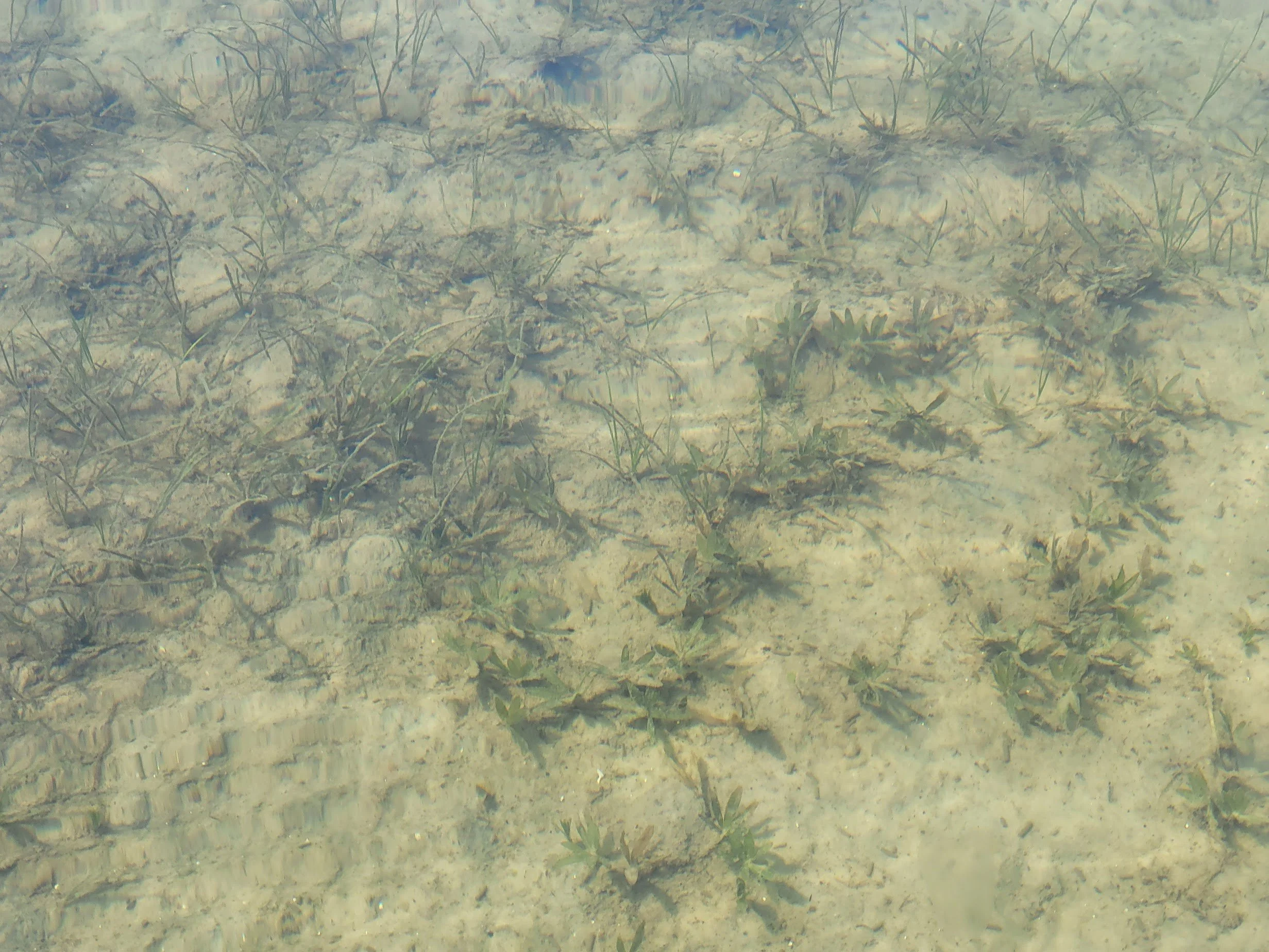BY LISA D. MICKEY
Sitting in his boat on the Indian River Lagoon, Edgewater angler Frank Brownell smiled and said, “I think it’s going to be a good summer.”
And why is Brownell smiling when more than 90 percent of the lagoon’s seagrass has disappeared over the last 10 years? Because he is seeing patches of the grasses coming back in the northern range of the Mosquito Lagoon where he regularly fishes and spends time in his boat.
“I’m seeing the grass growing a lot in some of the areas where we’ve seen no grass in recent years,” he said. “We’re starting to see some sprigs and little patches of new seagrass.”
Brownell moved to the area in 2006 from the Orlando suburbs, but has been fishing in the lagoon for about 23 years. He fishes recreationally, but he also works as a fishing guide for guests from throughout the nation and around the world.
Unfortunately for Brownell, much of his work as a fishing guide dried up when the seagrass died. The loss of seagrass habitat for fish has had a cascading effect on guides like him up and down the 156 miles of the lagoon.
Brownell recalls that the downward spiral of the lagoon’s water quality and seagrass health began after freezing weather in 2010, followed by a tropical storm that dumped heavy rainfall. That was followed by brown-algae blooms that hammered the lagoon in 2011 and 2012, killing nearly 50,000 acres of seagrass at that time.
Brownell remembers seeing the brown algae in the lagoon, moving north from Titusville. It pushed through Haulover Canal and gradually moved north 20-30 miles all the way to Ponce Inlet. With the movement of the algal bloom came seagrass loss.
“I felt like crying when I saw what was happening,” Brownell said. “I remember the once-pristine grass beds out here and how clean the water was, and then all of a sudden, the water in the lagoon looked like coffee with cream in it.”
“You couldn’t tell the difference between two inches or 20 feet of water,” he added. “You could not see the bottom of the lagoon. It all looked nasty and there were big mats of dead seagrass washing up on the shoreline.”
Gone were the days when the lagoon’s thick seagrass was so robust that anglers like Brownell had to turn off their boat motors and pole out of the grass. Gone too, were the lush seagrass beds where prized redfish nestled beneath dancing blades of grass and where herbivorous manatees grazed amid their most desirable food source.
Now, with more than 90 percent of the lagoon’s seagrass gone, nearly 2,000 manatees perished from starvation during 2021-2022. The fish have since scattered and professional anglers have either had to move their guide businesses offshore or settle for the occasional out-of-state guest who is simply happy to be on the water, not really understanding what the lagoon once offered.
But nature is resilient, and Brownell felt a jolt of excitement in late 2022 when he began noticing pieces of seagrass in the lagoon, floating in from the south.
“There was still a lot of bare bottom in the lagoon, but we started to see sprigs of grass here and there, and it began gradually spreading,” said Brownell. “It’s nowhere near as thick as what we’d like to see, but at least there are some patches of grass growing and there has been very clear water this winter, which allows the sunlight to reach the grass on the bottom. It’s really starting to grow.”
As Brownell took some Riverside Conservancy staff members on a recent tour of the lagoon, he steered his boat out of River Breeze Park in Oak Hill and into the backwaters of Mosquito Lagoon, where several different species of seagrass were found growing – including Halodule wrightii (shoal grass), Halophila engelminii (star grass), Syringodium filiforme (manatee grass), and Ruppia maritima (widgeon grass).
Skirting around in the newly emerging seagrass were blue crabs, stingrays and tiny, juvenile fish. Lurking around the fringes of the grass patches were mullet, a spiny blowfish and even redfish. Manatees patrolled the lagoon not far away.
“This is all a sign of recovery of the ecosystem,” observed Brownell. “Bait fish can live in the new grass better than on just a bare, sandy bottom of the lagoon.”
Fortunately for the northern end of the Indian River Lagoon -- called the Mosquito Lagoon -- recovery is well under way. Sadly, for the other two-thirds of the lagoon, water quality issues are slow to recuperate, making seagrass recovery a slower process.
“Up here, we’re blessed to be cut off from large municipalities, where they experience a lot of stormwater from creeks and canals that dump into the lagoon,” said Brownell. “The Mosquito Lagoon is probably one of the most unique places in the United States because there are no major tributaries feeding into it. We have Oak Hill, Edgewater and New Smyrna Beach and their stormwater runoff, but they are all still pretty small towns.”
Brownell couldn’t help but smile as he trolled his boat gently around the new seagrass beds. And he couldn’t help but think about the prospect of this spring’s new seagrass continuing to spread and grow and restore the lagoon to its former viability.
When asked if he is optimistic about seeing seagrass return to the Indian River Lagoon this year, Brownell was quick with a response.
“Oh yeah,” he said. “I’m a fisherman.”







